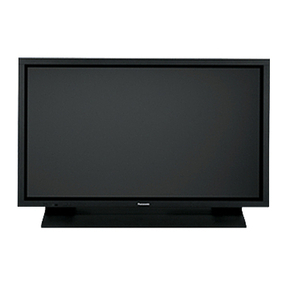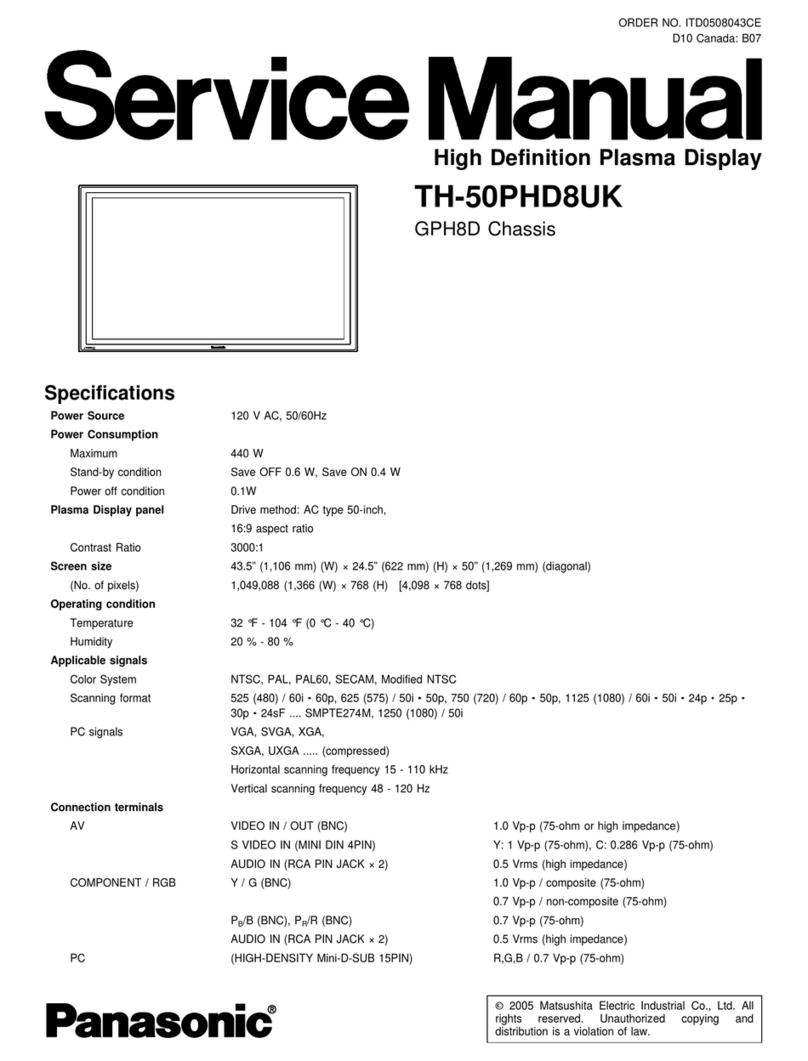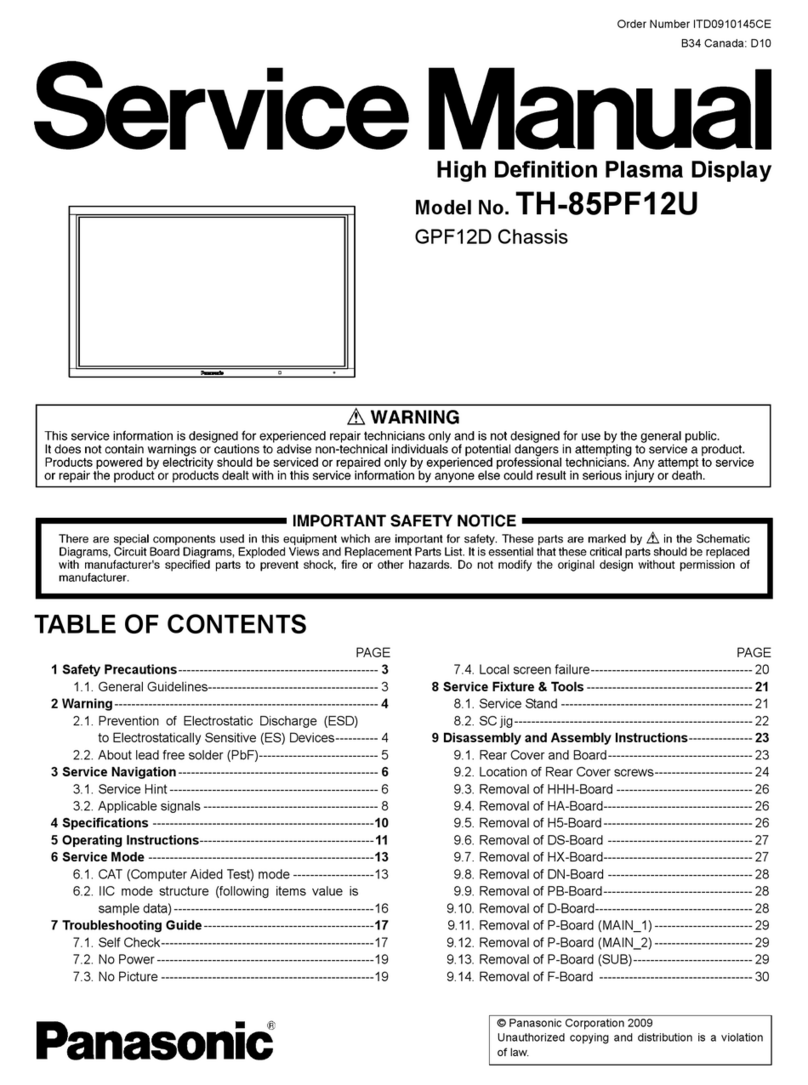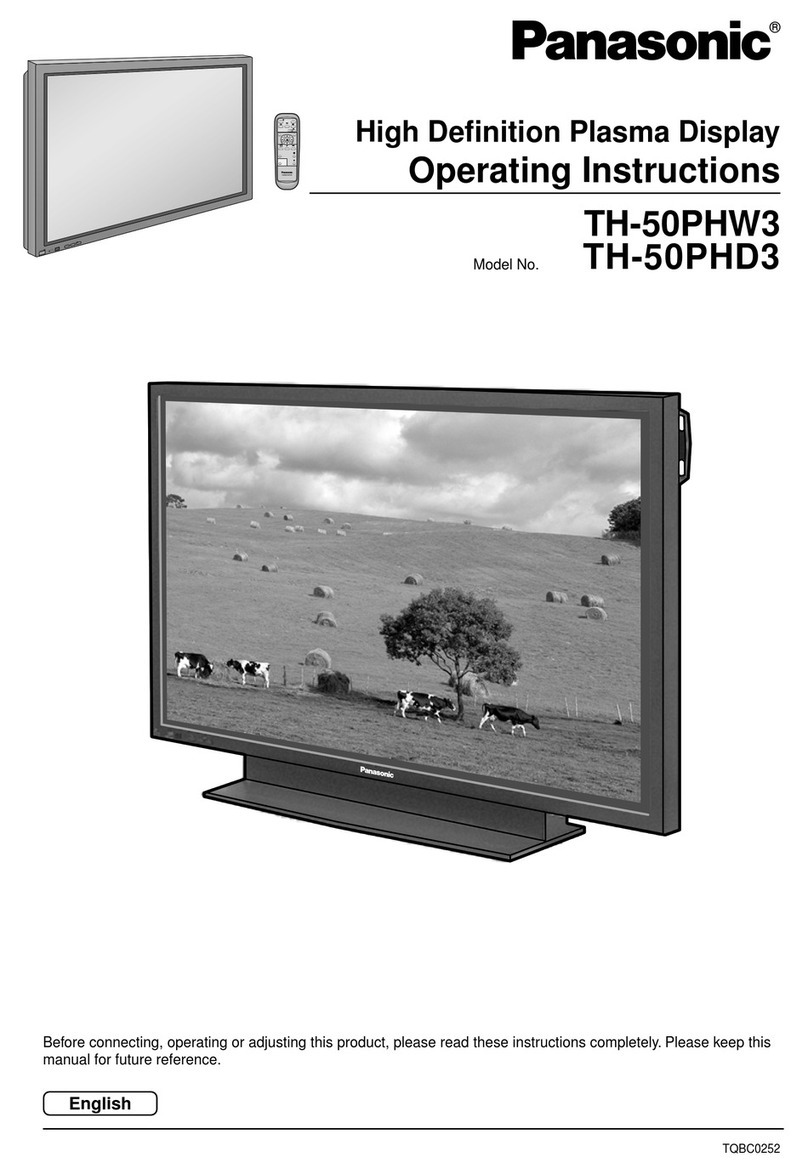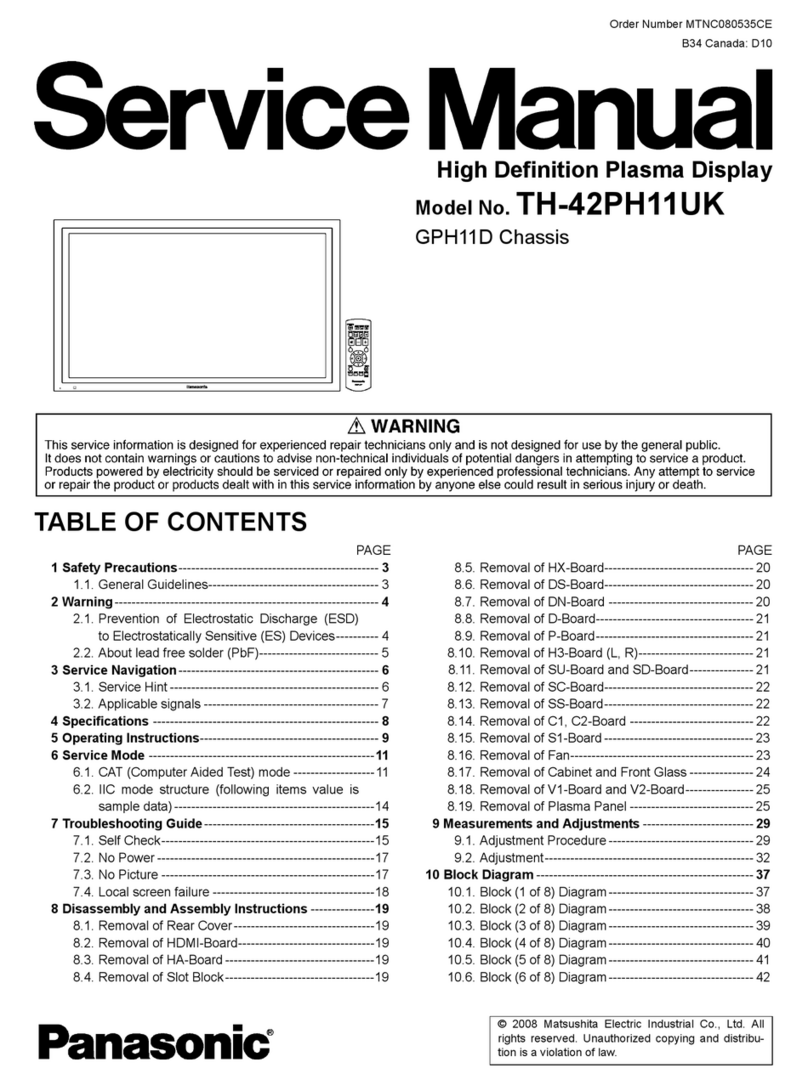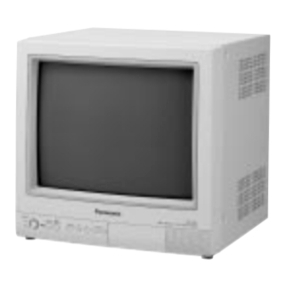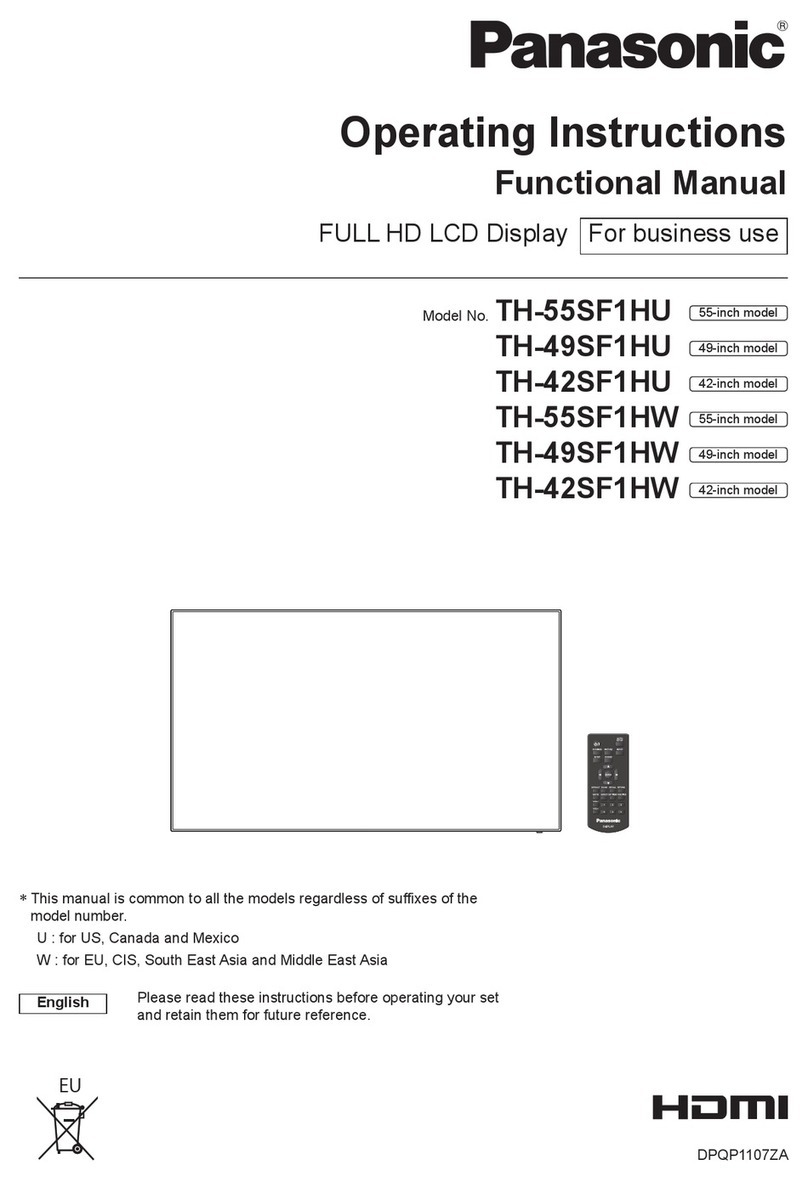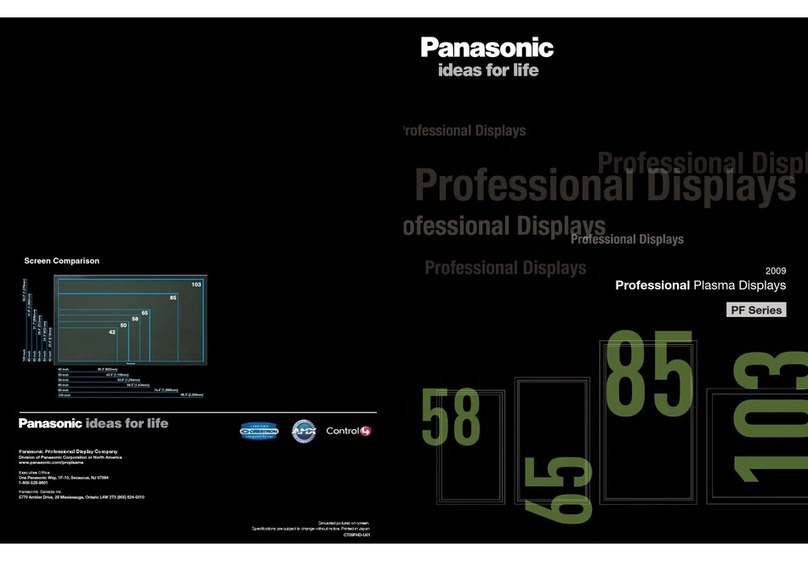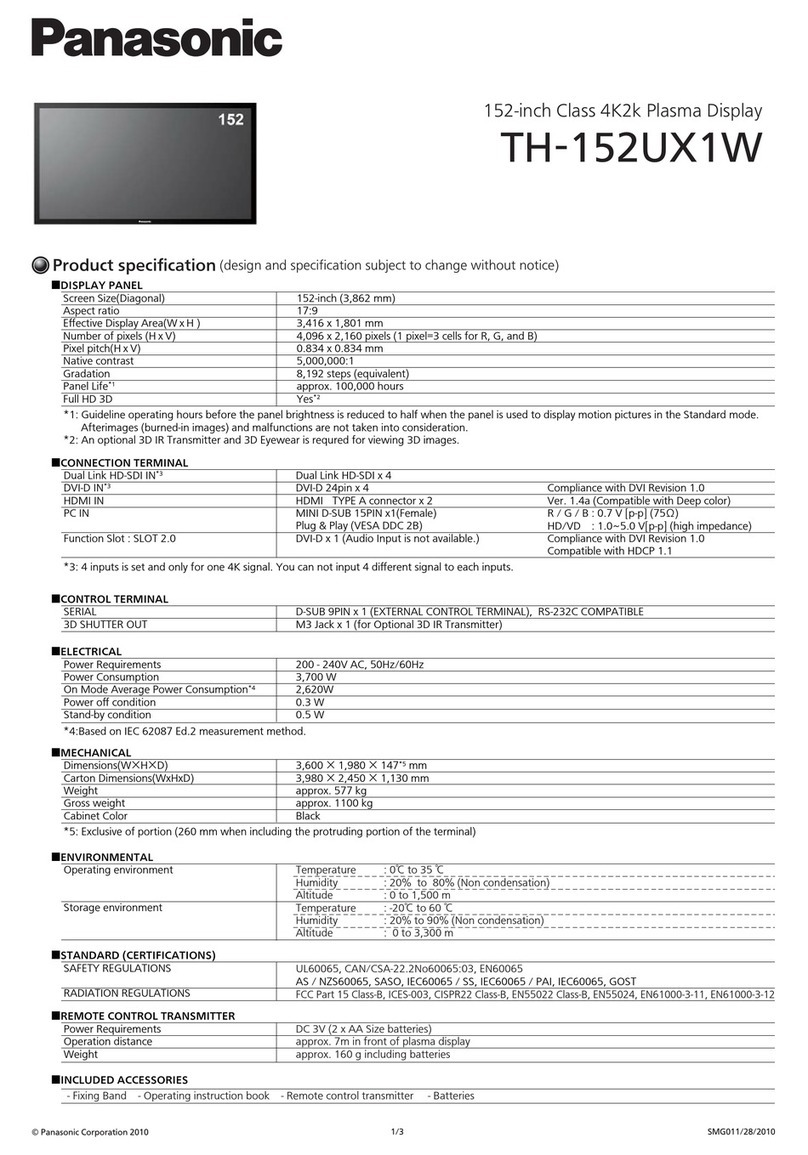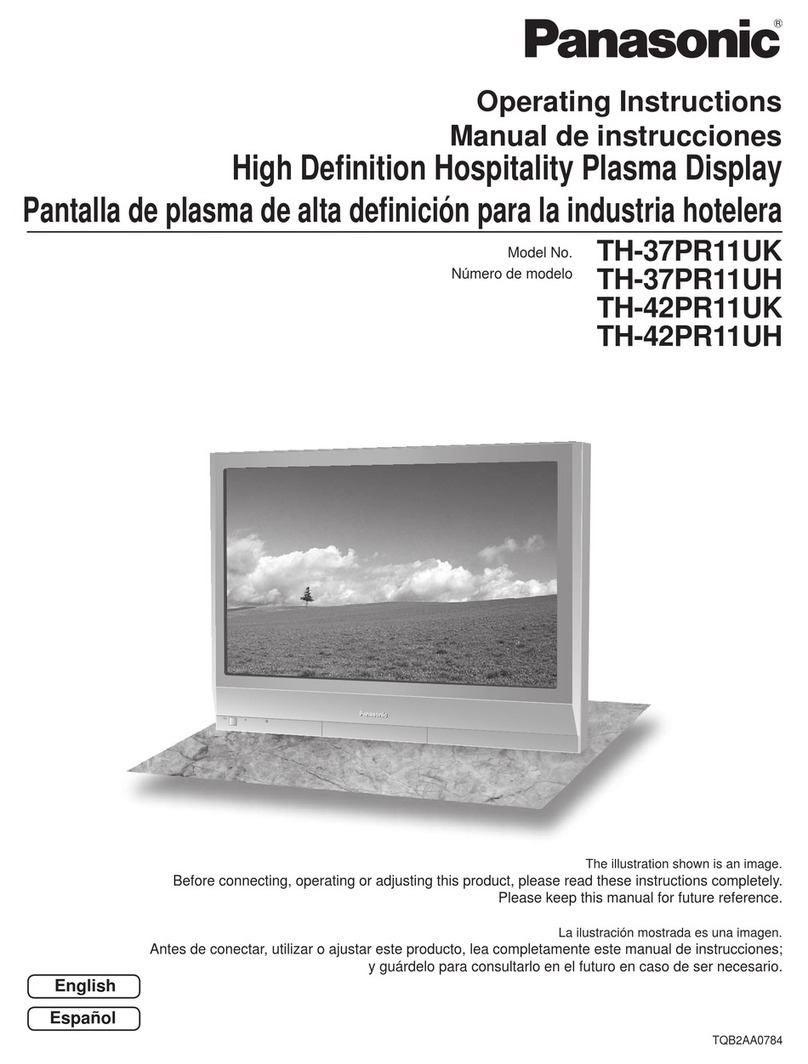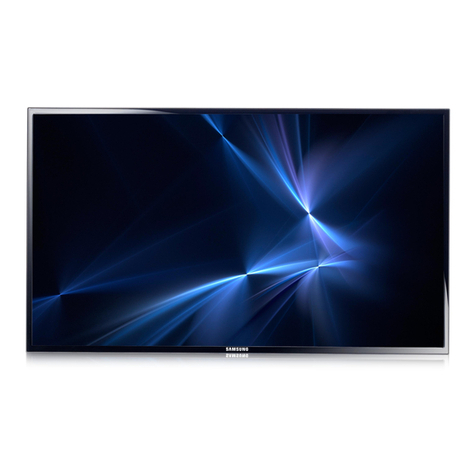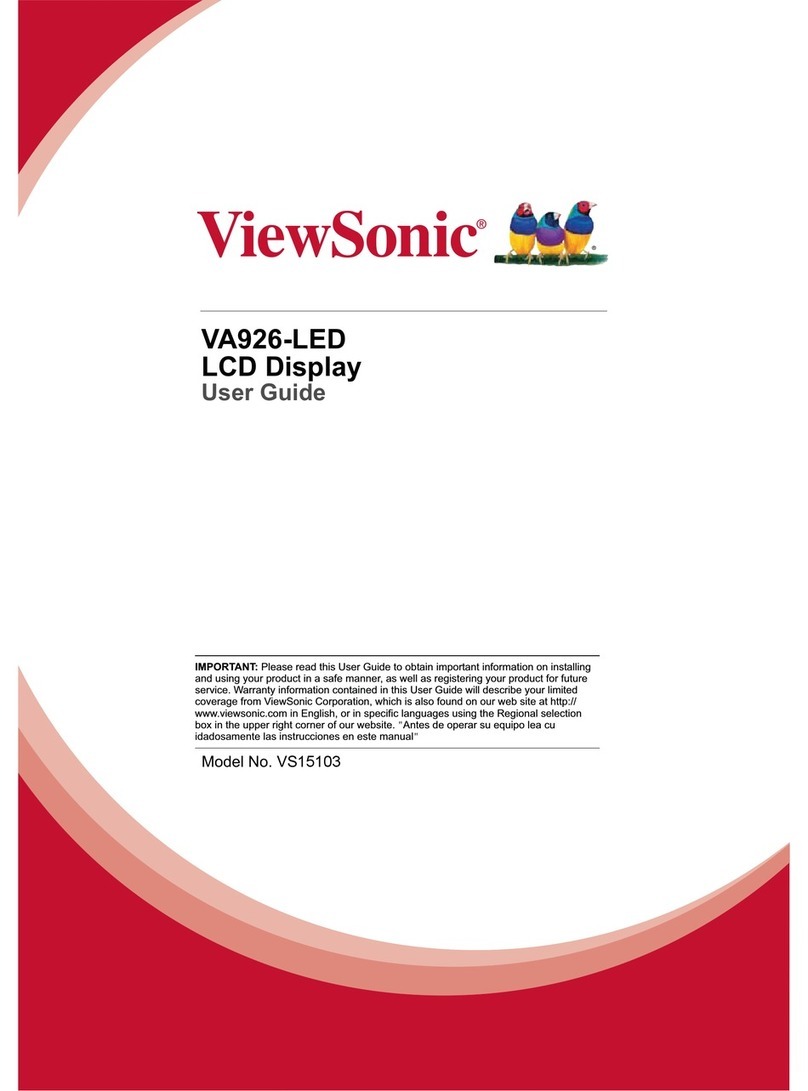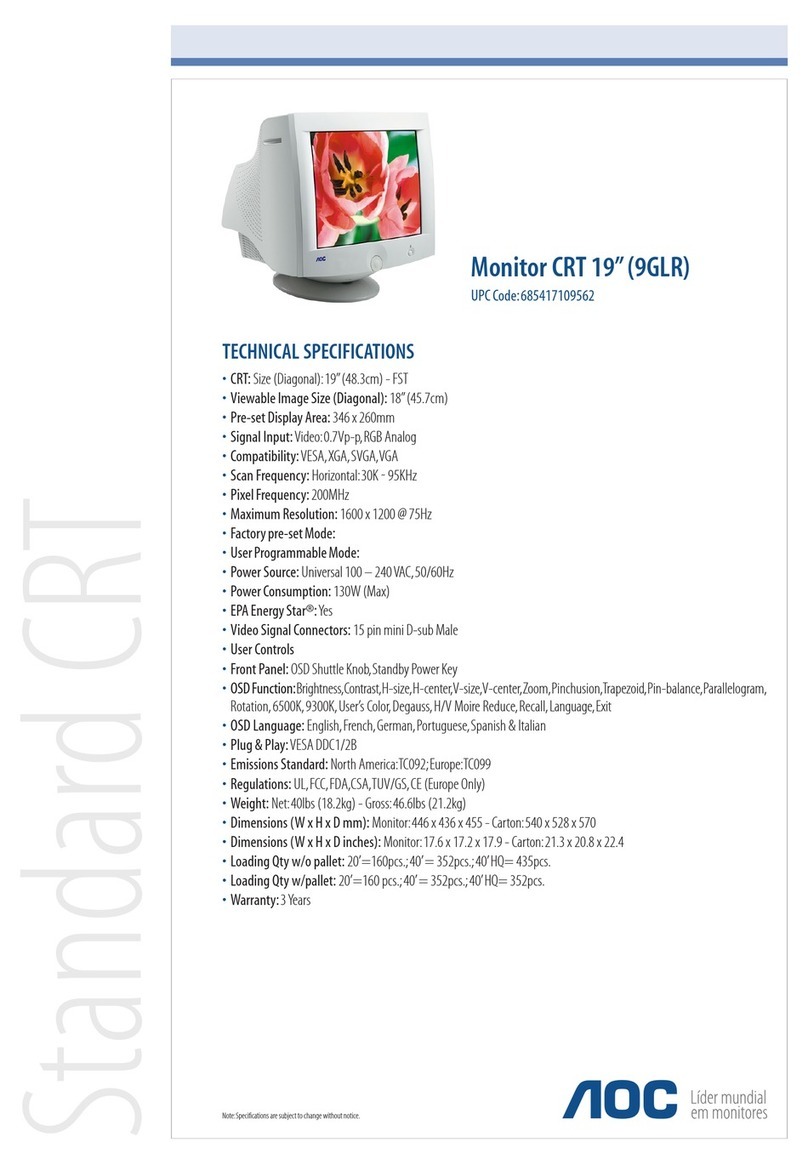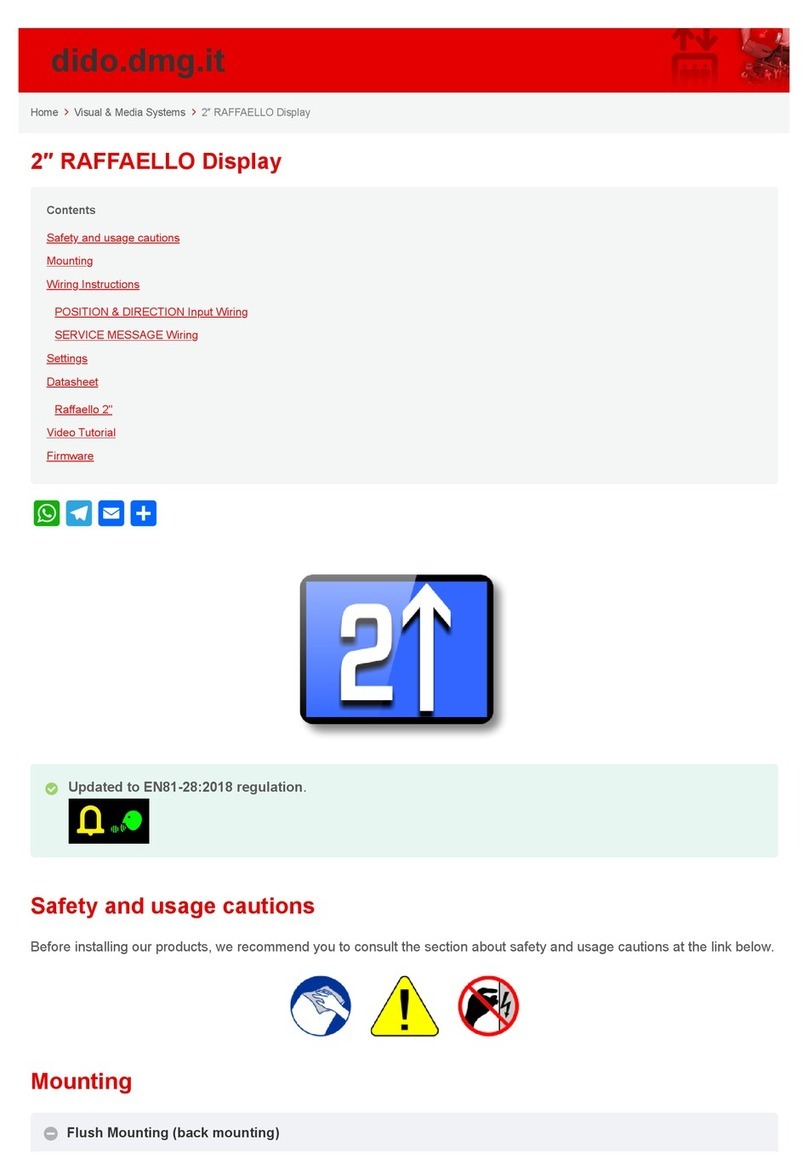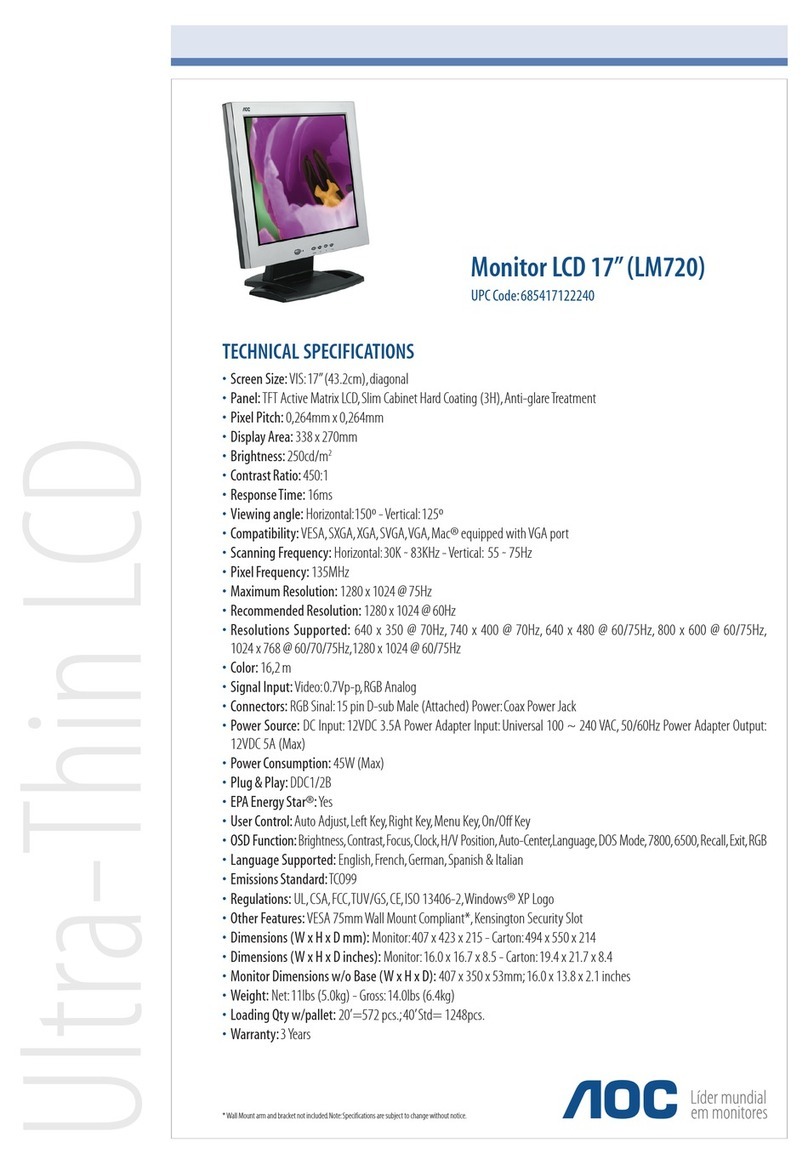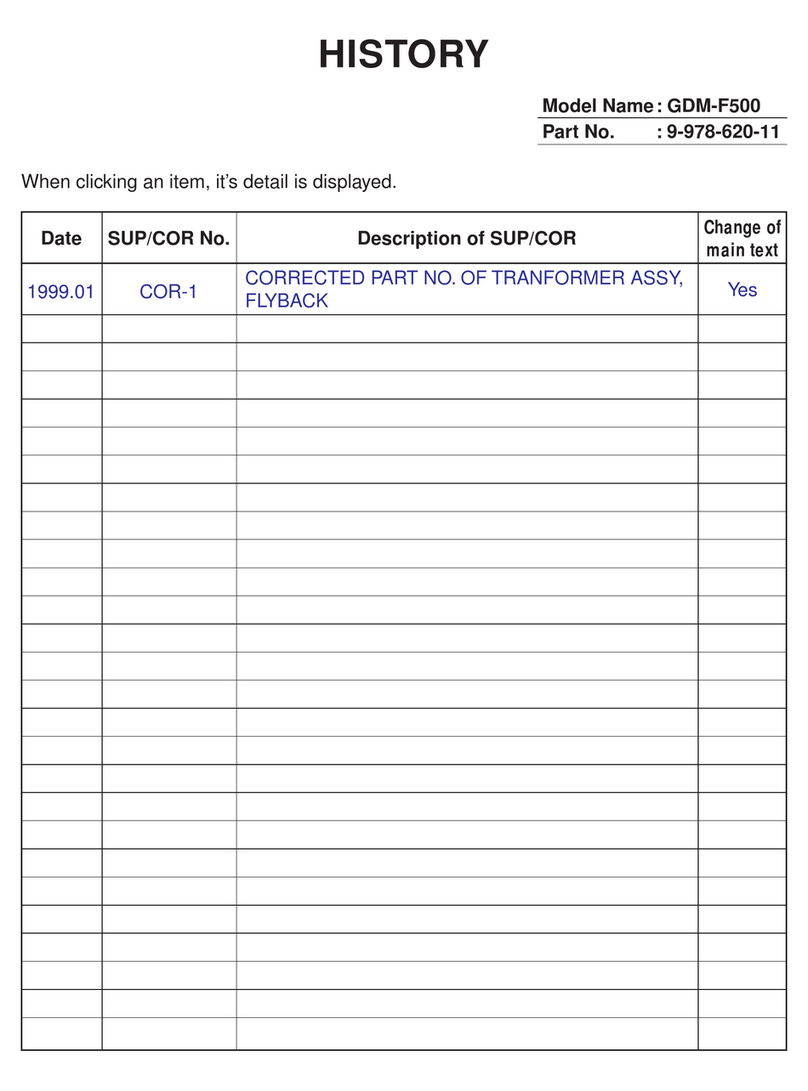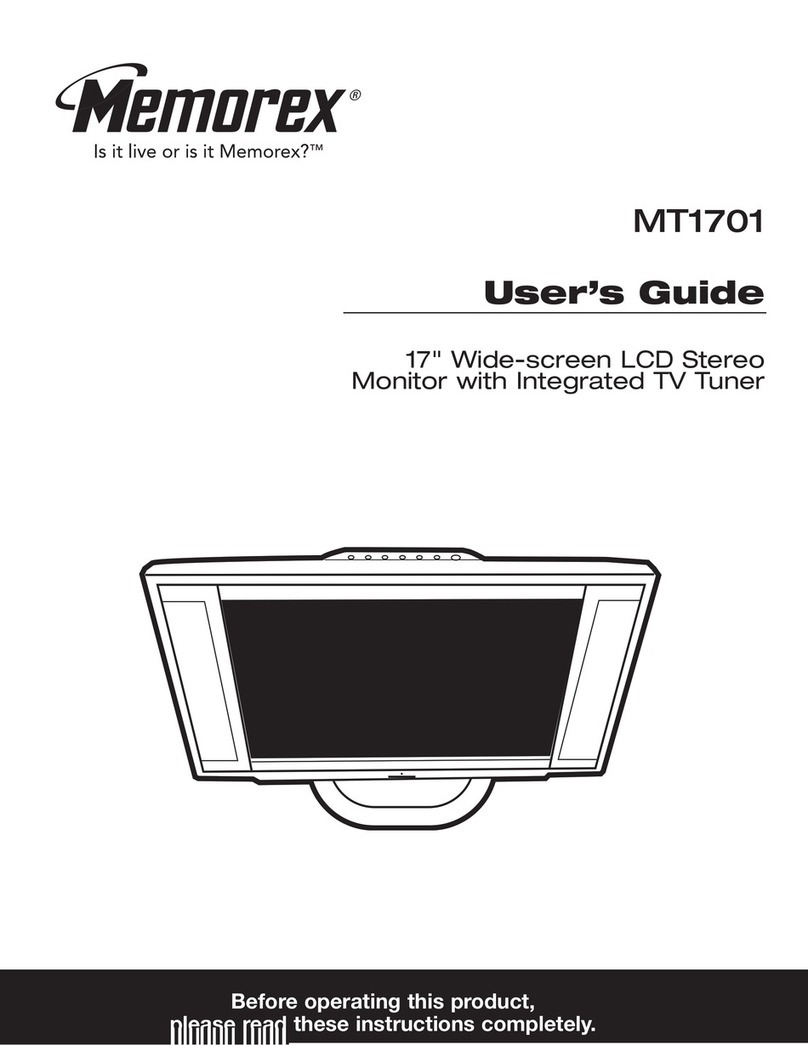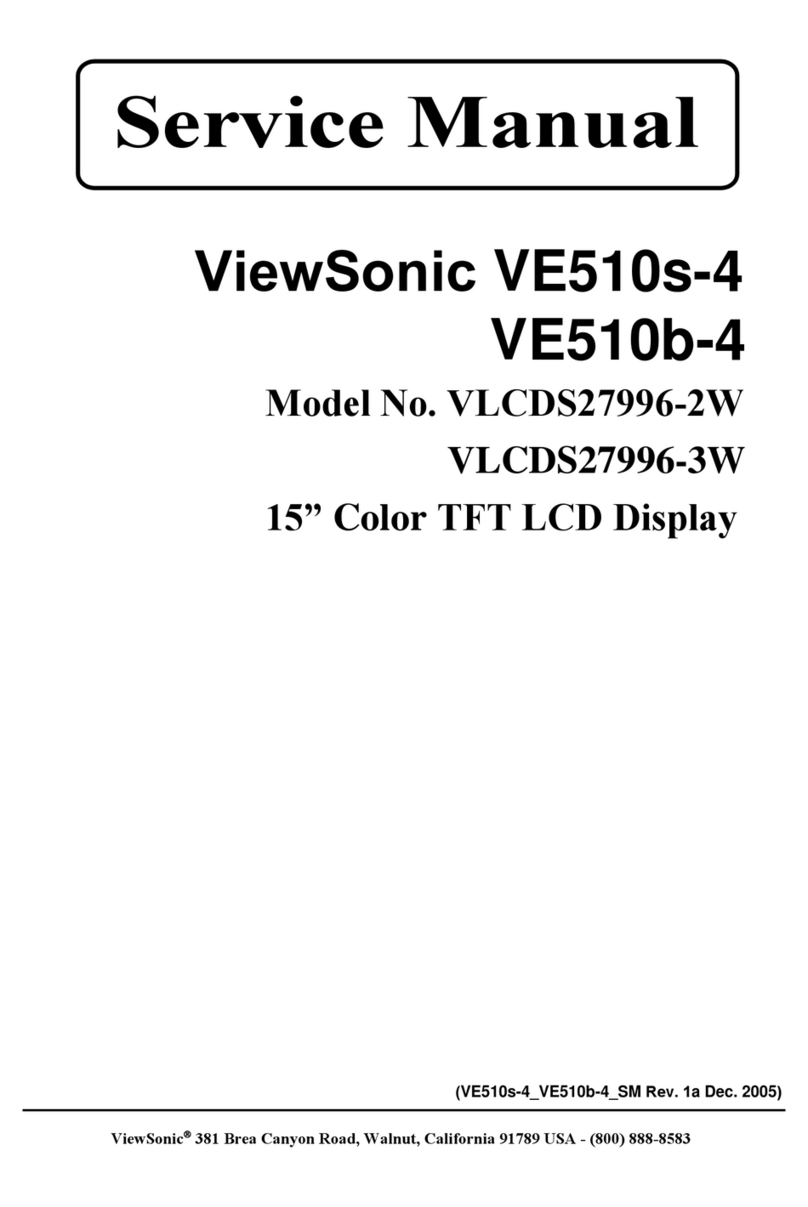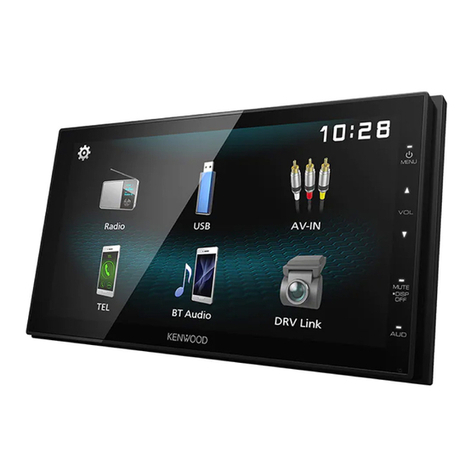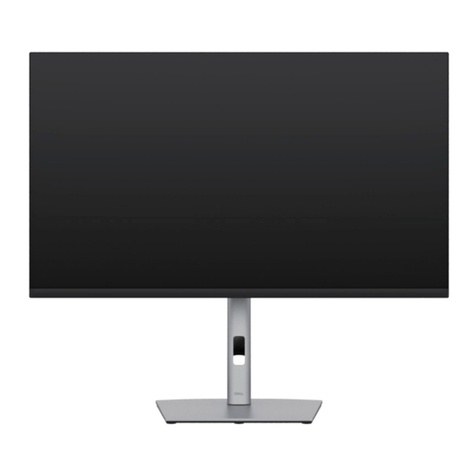
ORDER
NO.
FTD950605315
Service
Manual
Multi-Scan
Color
CRT
Display
MODEL
TX-D1733
Series
Chassis
No.
HV5
Chassis
Family
No.17HV5
——1
Sy
CJ
CONTENTS
SERVICE:
WARNING.
:.c.:cc4M
cnc
eith
aaeeteeatts
nant
een
a
atari
ran
alin
ad
alter
aedaade,
1
SAFESTY,
PRECAUTIONS
3
stec
vee
fees
cohen
Wir
dita
avian’,
Hie
elen
cveceevaani
leaden
ete
nveiti
jacvee
ee
adn
aren
a
Manta
canted
2
GENERAL
INFORMATION
vis
:sevssdiaedevenseys
ates
sptgvtelec
bets
ddserey
shaved
a
idigets
aphaegaguck
shebivalobetal
a
loeennastinigianelvausenunls
aarti
3
SPEGIPFIGATIONS
vets.
ecsecseeteiitteescseesescasi
sess
cldedacouda
scans
nn
Saieudetacaycaeavéd
covaysvisedaablagsatucvaayssasaalanl
WerSucashieacsterssigaatsieds
3
DIMENSIONS
hat
cratct.ticit
stevens
scorarttts
vote
rectatind
fade
doles
dtueedeteveanal
asturatt
cats
usaunsdeutanesttrana
alte
berdeal
i
teu
anGesNe
oa
ee
Shays
Lice
13
DISASSEMBLY
INSTRUCTIONS
00...
cccecesssesessesesescseeeescnecseseeeeneecsesecsesesensssessvscsensesensieessisaececsecstecsesseeessesssseneesecsesees
15
CONTROL
LOCATION
Sie
2.c4:
6
sata
ctecs
ss
Feusscaed
eed
sabe
liles
Sas
spans
ace
clenseh
shes
s
bean
tele
suevnstanlecesatediabesSh
cards
ctveles
tebe
dl
Seti
vevestaTeedts
18
CAUTION
FOR
ADJUSTMENT
AND
REPAIR...
cccecececcseeseseeeseseecaeeeeeeecsescesecaeseneseseseaesenesesacsneeasaeaesessesesavevasaeenens
19
CAUTION
FOR:
SERVICING
te:
icsccescescicesvevesiscciveces
Biseackcnd
leecbyeedusdh
canst
dacpavevas
dues toss
opicaveavasvea
sdudgidvedd
havecdovisi@disreeeesibievanys
19
ADJUSTMENT
AND
CHECK
PROCEDURE
.......
ccc
ceceeesecssneeseteeseseescneeevseeeseeeesesaeaeeseecssieusssseareesaeseensnesiesaeeesesesaeeas
20
ADJUSTMENT.
SOPTWARE
oi
cccccses
cs
schvessiscccesteceshcctencs
eeccebsaceniesetcihsaathaca
ecencheabgnases
ovedesagaccsssuseaudaniediavtuesaassisieusucsieenee:
22
ADJUSTMENT
CONTROL
LOCATION...
ccccccceccscsececcsceseesceeeeessecaenecevseneesecaesessecaessenacsssesiecsesecsaneseresicaeeacesessceeseeeas
23
REQUIRED
ADJUSTMENT
PROCEDURE
AFTER
A
PARTS
REPLACED
...00.....ceccccccccecsessesecseestsecseesetsesaseesseeseseseees
24
ADJUSTMENT
PROCEDURE:
‘ba
sci
sticccusets
ctactecthshsl
istceh.
delete
oval
tas
apdtcebes
Leceteasneahdeaidenenns
ea
nadthsaagoedee
ta
eae
ckignvstens
25
BLOCK:
DIAGRAM
be.
aise
cvess
eet
eeceessGaeetha
ees
Ya
dad
tebe
vette
ie
aa
dd
Geb
dean
dl
A
ageedy
Bebe
cee
uot
ed
Do
veer
tahoe
39
CONDUGTOR:
VIE
W3
issssetsscatt
Saver
acehzr
estes
ea
iota,
nie
ale
ieee
et
Andee
aa
Ne
Aare
oa
re
taila
46
SCHEMATIC
DIAGRAM,
siete
csceaebeett
cherries
Awe
Haan
aaa
nad
wanes
inwieegatiadl
neat:
49
TROUBLE:
SHOOTING
HIN
ES
esses.
cede
eesedteco
seca
aie
sete
ie
sears
daedetiaig
se
cattadten
whinsecndl
Haslet
Abel
dards
saaeias
HEAUS
59
EXPLODED.VIEW
s.tiss
iets
tn
tan
cts
eer
sles
th
ae
tee
teeta
a
eete
tt
ed
arte
NG
cinch
Ak
ad
oa
65
REPLACEMEND
PARTS1IST
i
rcnctiou
a
tered
iia
dene
Giada
ie
annie
A
eee
nate
ta
ane
tinea
66
©
1995
Matsushita
Electric
Co.,
Ltd.
a
All
right
reserved.
Unauthorized
copying
and
distribution
is
nasonic
a
violation
of
law.
